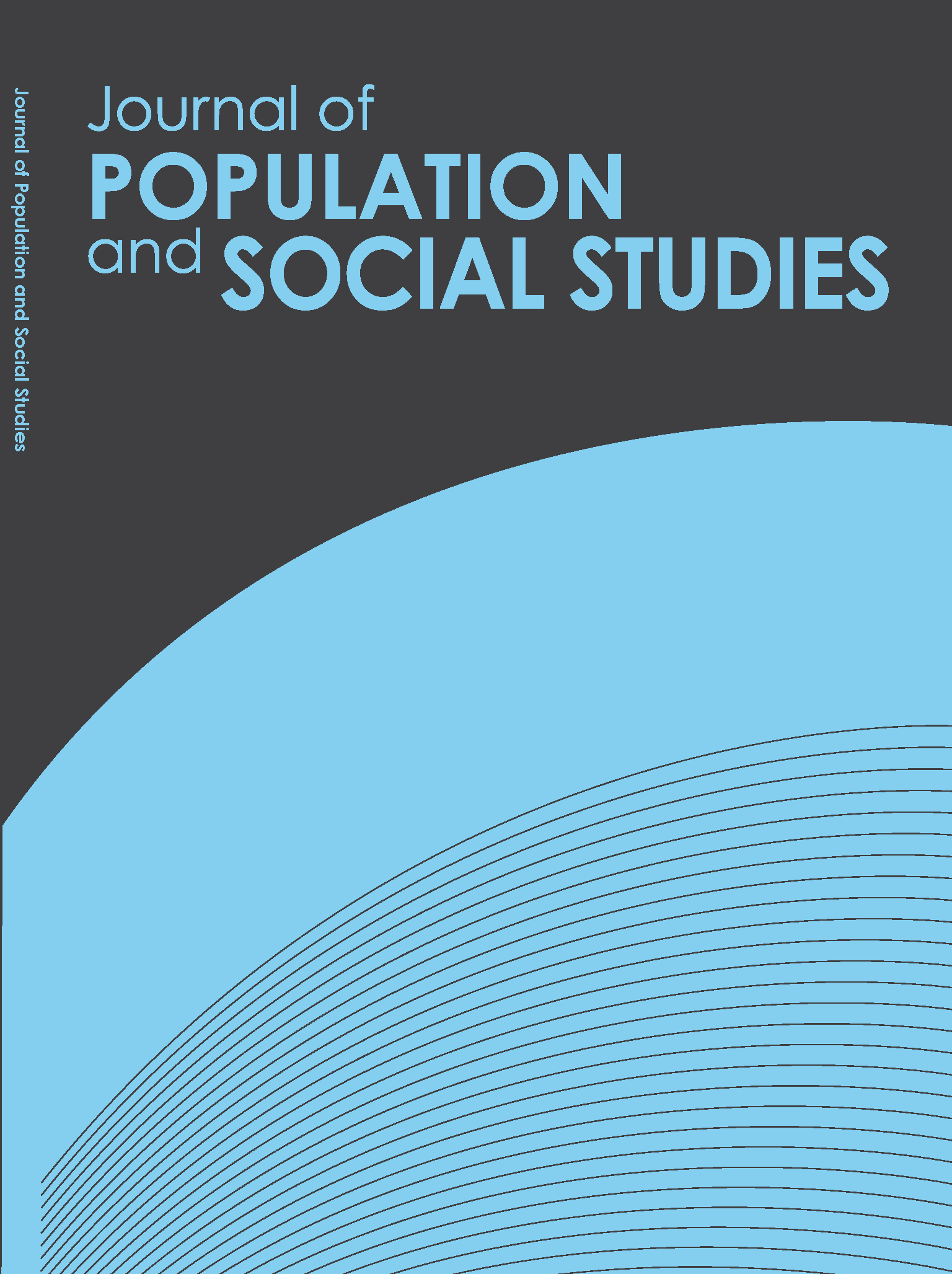Effects and Social Implications of China’s One-child Policy
Main Article Content
Abstract
In the past three decades, the total fertility rate (TFR) in China declined
sharply from 5.8 in 1970 to less than 2 in 2000, avoiding an estimated 300 million births. China’s family planning policy characterized by one-child policy has greatly contributed to dramatically reducing fertility and slowing population growth in China.
This paper reviews the major effects of the one-child policy on the
demographic change and socioeconomic development, and discusses potential social implications and policy trends, based on the United Nations and China’s official data since 1949 and literatures.
The reviews indicate that one-child policy helps to curb the population
growth which is congruent with the socioeconomic development and the protection of resource and environment. At the same time, it may bring about fewer children to care for the elderly and unbalanced sex ratio at birth. In order to reduce the impacts of age and sex structure, recent population policy tries to promote community aid and social security system in the rural area to support the elderly; and to provide rewarding and social support system for one child or two-daughter family in the rural area as well.
sharply from 5.8 in 1970 to less than 2 in 2000, avoiding an estimated 300 million births. China’s family planning policy characterized by one-child policy has greatly contributed to dramatically reducing fertility and slowing population growth in China.
This paper reviews the major effects of the one-child policy on the
demographic change and socioeconomic development, and discusses potential social implications and policy trends, based on the United Nations and China’s official data since 1949 and literatures.
The reviews indicate that one-child policy helps to curb the population
growth which is congruent with the socioeconomic development and the protection of resource and environment. At the same time, it may bring about fewer children to care for the elderly and unbalanced sex ratio at birth. In order to reduce the impacts of age and sex structure, recent population policy tries to promote community aid and social security system in the rural area to support the elderly; and to provide rewarding and social support system for one child or two-daughter family in the rural area as well.
Article Details
How to Cite
Hu, J. (2007). Effects and Social Implications of China’s One-child Policy. Journal of Population and Social Studies [JPSS], 14(2), 77–100. retrieved from https://so03.tci-thaijo.org/index.php/jpss/article/view/84597
Section
Research Articles


